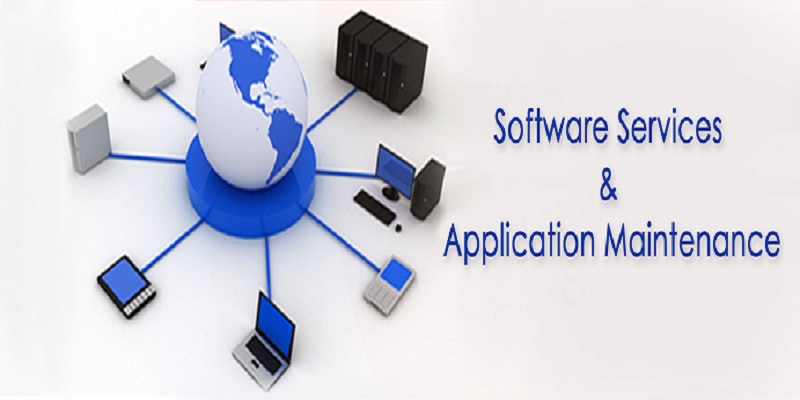The cloud-native approach to software development has brought a paradigm shift to how applications scale and self-manage themselves, as the demand surge.
What are cloud-native applications (CNA)? Why it is the next big thing in software development in india industry? How does it help businesses to build a self-sustainable software application? The upcoming segment answers all these queries, introduces you to cloud-native applications, its key attributes, and how your business can benefit with this software development in india approach.
What are Cloud-Native Applications?
Cloud-native applications natively utilize the infrastructure and services of cloud computing providers, such as Google Cloud Platform or Amazon Web Services. These applications are specially designed to take advantage of cloud-computing frameworks (compute, storage, network), which are composed of numerous loosely-coupled services.
With such development approach, developers have the advantage of breaking down the application into small services (microservices architecture) that runs on different servers and locations. This offers some major advantages to the stakeholders, such as curbing redundancy, better infrastructure management, fault isolation etc.
Key Attributes of a Cloud-Native Application:
- Cloud-native applications are containerized:
A cloud-native application is a collection of containers and microservices. Containers can scale-in and scale-out as the demand strikes. Since the containers handle the scaling part, the infrastructure utilization is optimized.
- Cloud-native applications are polyglot:
Each service in a cloud-native application is developed using a language or framework. Since all the application services are loosely-coupled, the developers have the advantage of using different programming languages, runtime, and frameworks for a variety of services.
- Cloud-native applications are built using microservices:
In a microservices architecture, an application is a combination of loosely-coupled services. Since these services are independent of each other, continuous deployment of new features and application scaling can be done with ease.
- There is dependency on server and Operating System:
Since cloud-native applications are containerized, they have no dependency upon underlying operating system or server. You can say that cloud-native applications operate at an abstraction level. However, whenever a microservice needs certain capabilities, such as graphic processing units or solid-state drivers, it can be exclusively offered by a subset of machine.
- Cloud-native applications are managed through DevOps processes:
For every service in a cloud-native application, there is an independent life cycle. These services are managed through DevOps. The microservices are continuously integrated and deployed for management of these applications, using cloud services.




